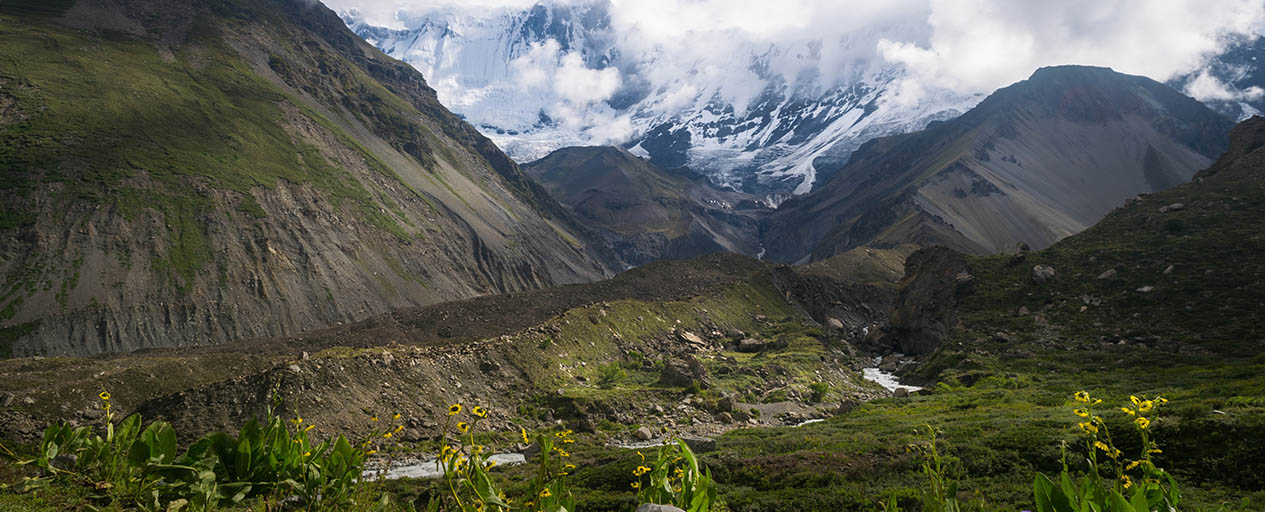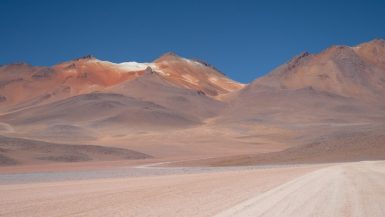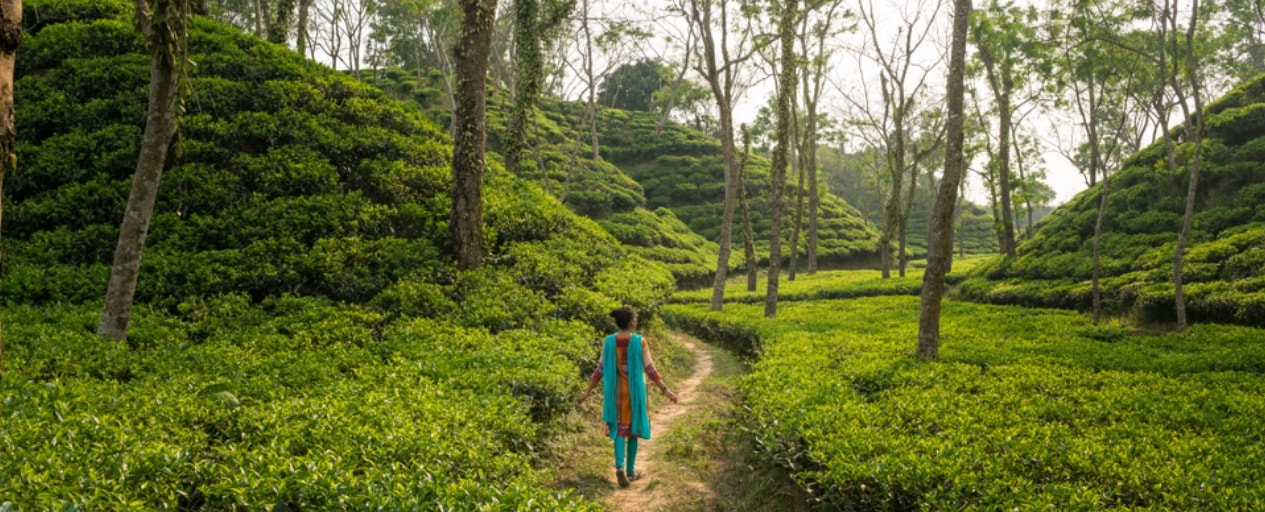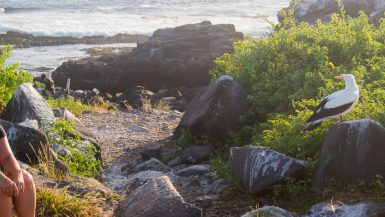Today on the Nomad Files we have Zheng Yen Ang from Swing Abroad. Yen is a full-time university student from Malaysia who spent most of his holidays going abroad seeking new experiences. During the summer of 2017, Yen volunteered in Kathmandu, Nepal before embarking on his dream journey — trekking the Annapurna Circuit in the Himalayas for 14 days, reaching an altitude of 5416m above sea level.
Hey Yen, tell me , when did you fall in love with travelling? What made it such a passion of yours?
I first experienced solo travelling in February 2016. I made one life-changing decision, applying for a New Zealand Working Holiday. The competition for the visa is sky high due to a limited quota. But I felt blessed that I was actually granted one.
Before that, I never had any experience going abroad, other than the tour to Bangkok with my family, and like 30 strangers. Which is exactly why solo travelling for the first time is a whole new experience for me.
In my 6 months in New Zealand, I made a lot of friends, who I still consistently kept in touch with nowadays. It was the road trip after my 4 months’ work that made me addicted to travelling. The feeling of being able to roam freely and discover the hidden gems just made me satisfied like never before.
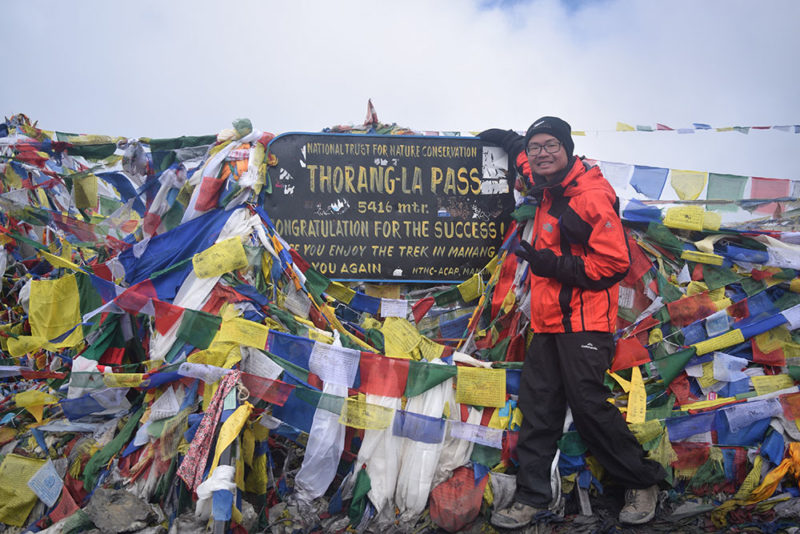
That’s the precise reason why I chose to volunteer in Nepal.
“Why Nepal?”
Well, I did not choose the volunteering program first. It’s been more than a year since I dreamed of trekking in the Himalayas.
I did a lot of research before deciding on what adventure to take and when I landed on my final decision — the Annapurna Cicuit — I then decided to volunteering in Nepal before. That will be my perfect summer trip.
Do you have a particular song/video/poem/quote that particularly inspires you to travel?
I would say there’s actually a quote that has been stuck in my head for years now. It’s “Beyond fear, lies freedom”. The quote is very simple, only 4 words, and I still had no idea why it hit me so hard. I realised the reason simply is that it resonates with me.
For typical Asians like myself, we were educated to stay in the comfort zone, find a secure job, establish a family and stick to a routine life. I found that this lifestyle is not suitable for me at all. I love freedom, I love discovering new things, and I want to try escaping the cycle while I still have the “power of youth”.
What is one experience you have had on your travels that you tell everyone about?
Reaching an altitude of 5416m! (Which is 1,400m more than the tallest mountain in Malaysia!)
Although there’s a lot of things worth mentioning throughout the whole trekking journey, reaching the “Tallest Mountain Pass in The World” — Thorang La Pass sure sounds more appealing to people who never heard of trekking in the Himalayas.
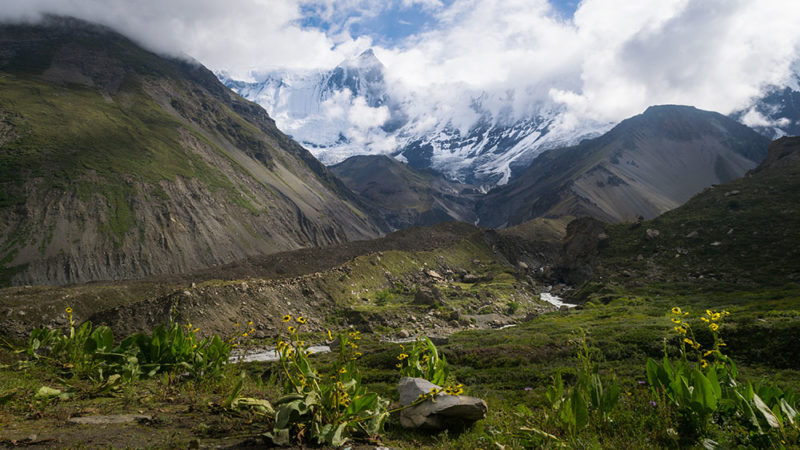
How did you find out about this experience?
Ever since I summited my first snowy peak in New Zealand, I’ve been spending time researching about the snow mountains in the world. The feeling of standing above all sure felt awesome. You got to enjoy the payoffs of your efforts once you reach the summit.
It wasn’t until a month before my application for a volunteering program in Kathmandu that I discovered Annapurna Circuit. It’s certainly the best long trek in all of Nepal. I’ve done that, and I’m sure nobody will get disappointed by it. (Even though some might say Everest Base Camp is better).
What was so memorable about this experience? Would you do it again?
The most memorable part of the entire fortnight is that I was able to embark on the journey with my partner, Jimmy.
Prior to arriving in Nepal, I was planning to do the trek alone, because I love trekking on my own pace. I hate to waiting for people as much as I hate people waiting for me.
Jimmy was my partner and roommate during my volunteering period in Kathmandu. Together, we taught the kids, had dal-bhats, went shopping for gear in Kathmandu and performed in front of the kids with a guitar on my hand. He never had any trekking experiences, nor brought any trekking gear with him to Nepal.
“I want to join you and trek Annapurna Circuit,” said Jimmy.
“You sure? If you are, then… Why not?”
That’s how it began. And I will definitely be doing that again, with the same partner or not. I did the trek during the worst season, the monsoon season, but it still turned out to be awesome. For next time… Spring season maybe?
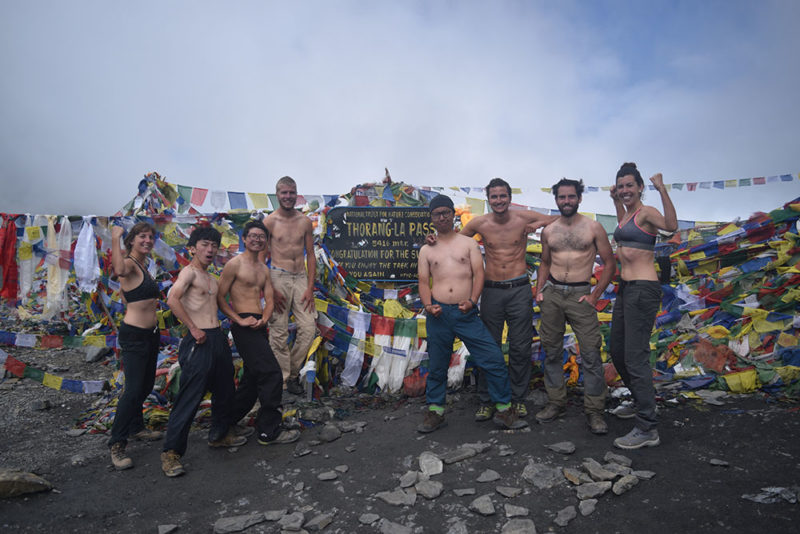
Check out why Yen thinks you should try Trekking Annapurna Circuit in Monsoon Season.
What tips do you have for someone else wanting to experience the same thing?
The best tip I can give is to bring your own trekking gear from home. I never did any multi-day trekking before this so I didn’t bring much trekking gear with me to Kathmandu other than sleeping bags and clothing.
Of course, there are a lot of shops in Kathmandu and Pokhara selling gear, but most of them are pirated. And the genuine equipment is much more expensive than the west.
Pirated or fake products tend to have shorter durability and weaker functionality. For backpacks and trekking boots, I would say, bring from your home.
Having said so, I found the pirated trekking poles quite functional and durable. I was lucky that it survived the whole 14 days without having any problems. But keep this in mind, I’ve seen trekkers who broke their trekking poles bought in Nepal halfway during the trek and had to continue on without the poles.
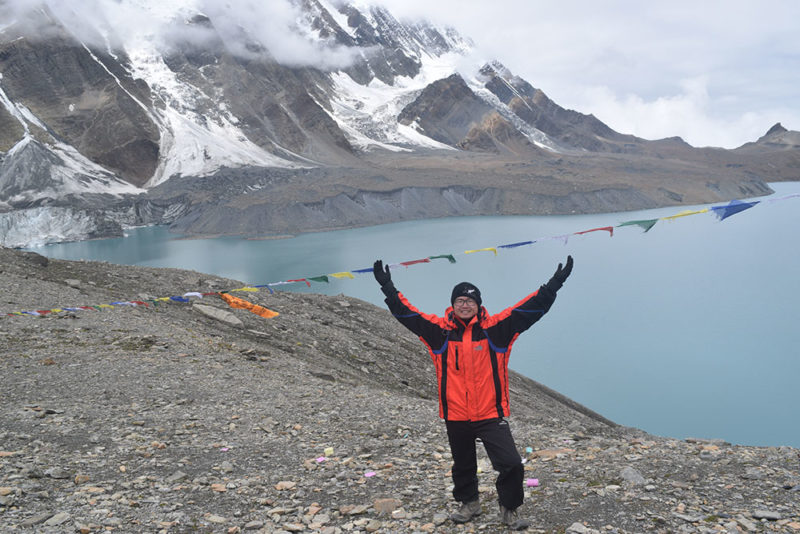
Second, I did the Annapurna Circuit trek independently. There’s no porters or guide accompanying us, only me and my partner, and some fellow trekkers who we met along the way before teaming up to conquer Tilicho Lake. It’s totally doable, and not difficult. And it’s much more enjoyable.
Annapurna Circuit is a very popular trek therefore the signs are well-marked and established. Most of the locals on the mountain speak English so need not to worry about going missing. So my suggestions are: bringing your trekking gears from home and trek independently.
What was unexpected about this experience? Was there anything that exceeded or didn’t meet your expectations?
I never expected things to go this smooth. I never expected that I will be teaming up with other trekkers, forming a group of 6, all with different nationalities. I wouldn’t have gone to the side trek to Tilicho Lake if it weren’t for them. And I certainly never expected that I will be standing on Thorang La Pass, 5416m above sea level in my early 20s.
There’s one other thing that I never anticipated. I did research, I made calculations and I made myself a rule of spending an average of Rs1000 (AUD$13) per day. To achieve this I had to go full vegetarian, eat potatoes for two meals every day and refrain from snacks. I was okay with that at first, but as time passed, I started craving for dal-bhats, curry rice and my all-time favourite milk tea. I broke the rule after a week and told myself, “This is a holiday, not a trial.”
And I trekked happily ever after.
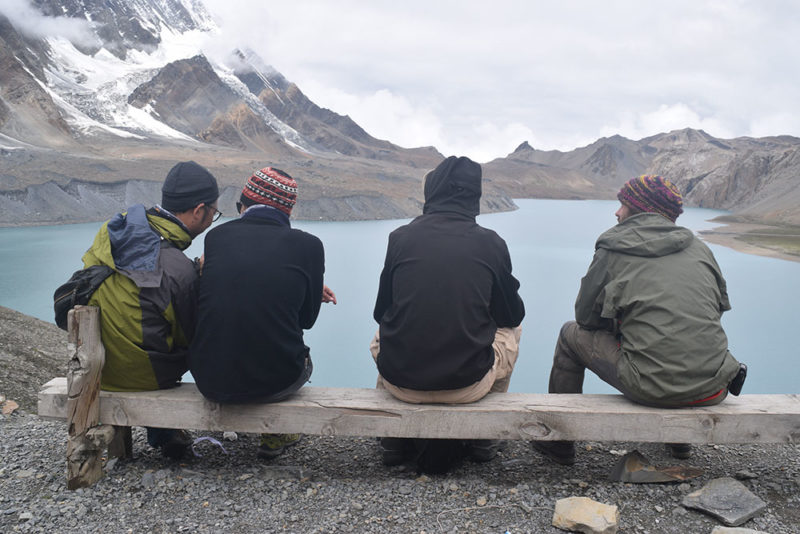
Where is the best place to stay to make it the best experience possible?
Along Annapurna Circuit trek, the only accommodations are teahouses. They can be found all along the trek at major and minor stops. During the peak season, renowned teahouses will be quickly booked out so it’s better if you book beforehand or stay in less popular teahouse. Start your day earlier also guarantees you a room in the next stop.
During the low season however, you can name the price for a room at almost every stop due to the lack of trekkers. Most of the teahouses were empty when we went so we stayed almost every night for free with the terms of having dinner and breakfast there. It’s a common practice there, some of them even offered you this without you bringing it up.
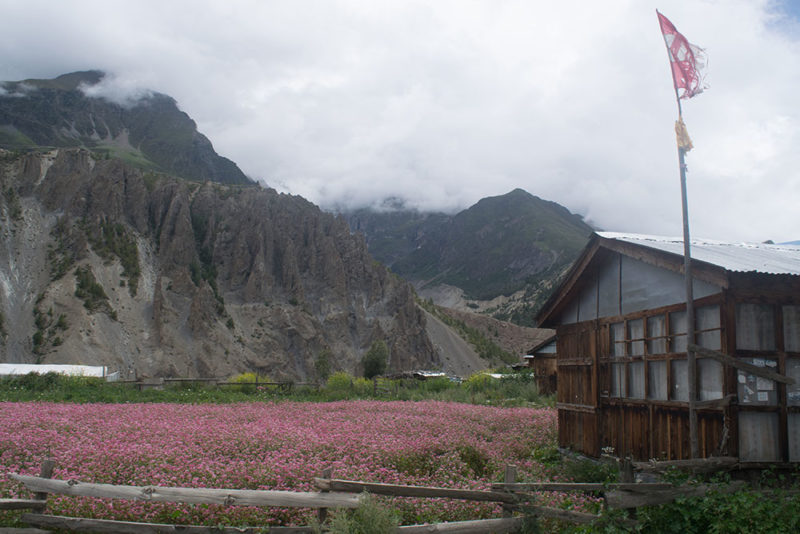
Thanks for stopping by, Yen. Tell us, where do you live on the internet and social media for us to all come visit?
I currently run a travel blog, SwingAbroad to share my experience and in-depth travel guides and tips. Feel free to check out for more comprehensive information about the places I visited. I’m also on Facebook and Pinterest.
Did you enjoy this post?
Plenty more where that came from. Make sure to sign up for the mailing list to never miss the next one.

